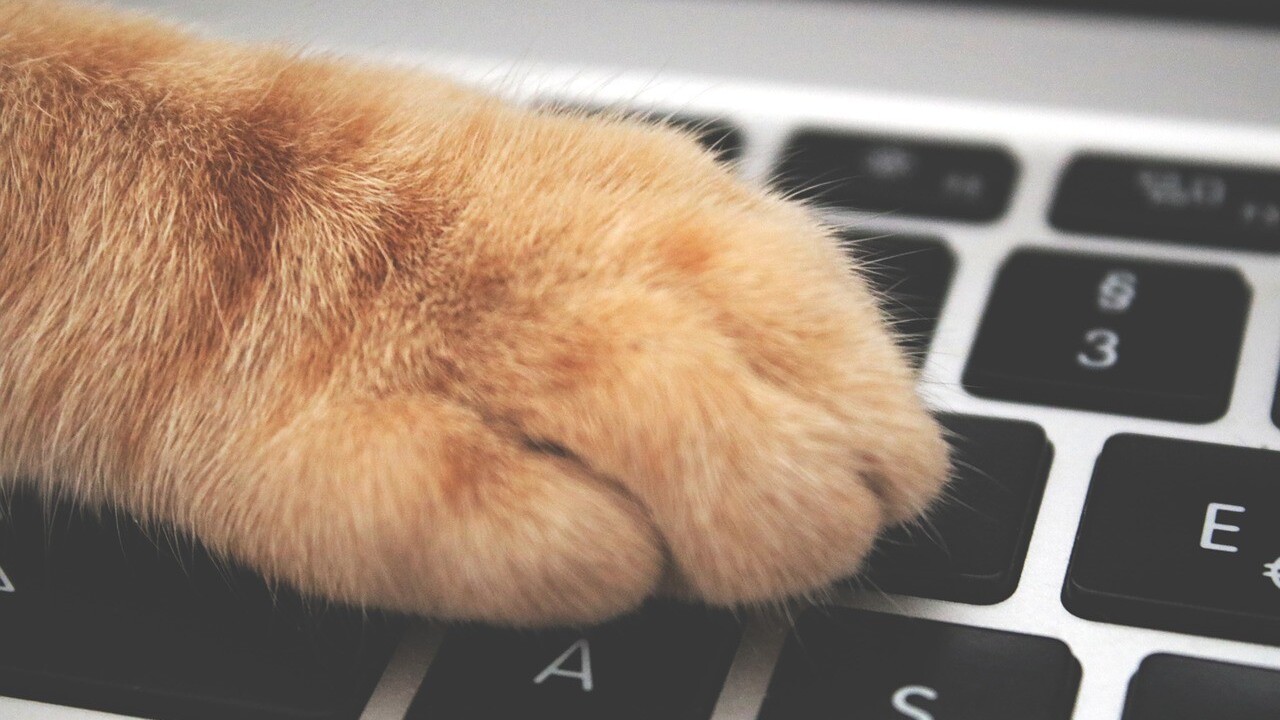
It will come as a surprise to precisely nobody that we love our furry friends. Yet although the bond between humans and animals goes back thousands of years, the way we approach pet ownership has changed quite a lot in recent years.
Where previous generations would often adopt a pet to either be a companion to their children or help fill the void once those children grew up and left home, Millennials and Gen Z couples tend to get married and have children at a much later age. In fact, some (myself included) choose not to have children at all, opting for furry babies instead. That is reflected by statistics that show that younger generations actually own more pets than older ones. In the US, for example, 62% of pets belong to younger generations while only 32% live in Baby Boomer households.
That might help to account for the fact that the pet industry is growing steadily at 14% CAGR, with a 77B USD in 2018 in the US alone. Studies show that more than 85 million families have at least one furry friend, with pet ownership growing 12% throughout the past thirty years. By 2023, industry sales are expected to reach $281 billion in North America.
There’s no denying that pet-related products and services are big business, but this is also a space that is ripe for technology disruption, as those tech-savvy owners increasingly expect that the businesses they deal with integrate in the on-demand, plugged-in culture of the digital age.
Yet as things stand, this is still one of the last few established industries that hasn’t been properly shaken up by sharing economy, data-driven platforms, as Uber and Airbnb have done for ride-sharing and hospitality.
All these factors combined have triggered a spur of investment in pet technology. More than half a billion dollars were invested into the pet startup space in 2018 alone, and leading players like dog walking app Wag! have racked up hundreds of millions in funding. The pet technology industry is expected to match and raise that amount in 2019, making it one of the hottest sectors in the global technology industry.
Having pets, of course, is about much more than keeping them fed and watered. A lot of effort and expense (all of it worth it, or course) goes into making sure they’re always happy and healthy. It’s literally about being a pet parent, and smart start-ups have started picking up on that latent demand, turning into new business models. I recently tried a fitness tracker called PitPat for my dog, and have since come across many others, such as FitBark and I believe that sort of spilling over of human technology into the pet arena is going to become the norm.
Other interesting products emerging in that arena include CleverPet Hub a smartphone-controlled “gaming console” for pets that offers simple games to engage and train pets while their owners are out of the house, while Sure PetCare has created a smart doggy door that only opens when it senses your pet’s implanted RFID microchip. Meanwhile, other companies have designed smart food bowls, water dishes, and self-cleaning litter boxes that can measure, monitor, and control your pet’s daily nutrition intake and output.
Probably the most established player in that space is currently Rover, a Washington-based company that matches dog sitters with pets in their local area. Founded just over eight years ago, the start-up was propelled to near-unicorn status after a massive $155 million funding round last year.
Yet Rover’s model currently focuses on a relatively narrow service segment, whereas BabelBark, another rising star in that space, operates a more holistic model that connects vets, animal hospitals, retailers, shelters and owners to bring all pet-caring supply and demand under one global platform. Having launched just over a year ago, they already have over 650 pet businesses connected to over 200,000 pets, growing at a rate of around 400%.
BabelBark offers a basic free app for consumers, with a premium version that includes a 24/7 vet hotline, pet registration, lost & found and amber alerts if lost, medical records transcribed and saved with their veterinarian, and even an activity monitor. I can see how that is the future, as the peace of mind that comes with being able to track and communicate across all these services is invaluable.
Remember I mentioned the doggy fitness-tracker I tested out with my youngest dog, Holmes? This is the sort of platform that can plug into that data, allowing his vet to provide me with some helpful preventative health advice. Or (God forbid) should one of my pups ever get lost and not have their metal collar tags on them, a shelter would be able to scan their microchip and immediately bring up a notification on my app.
On one level, this sort of service helps pet owners keep track of important things like feeding histories, medical records, and medication schedules. But it’s also built to connect and share data between different user groups: for example, veterinarians can see feeding history or data from a wearable pet health monitor, while pet-focused businesses can see individual pet and owner preferences to customize their service offerings. This holistic approach saves a lot of admin time, leaving more for the stuff that truly matters in life: Walkies.
This all suggests that we’ll be hearing a lot more about “PeTech” in the months and years to come, and also seeing a lot more companies entering that space. Just like what we’ve seen happen with other established industries, that disruption can create entirely new markets and opportunities, and hopefully improve the user experience for humans and their four-legged friends alike.
Get the TNW newsletter
Get the most important tech news in your inbox each week.




